
6 minute read
Parity Has Long Been A Buzzword In College Basketball But Never Buzzed As Loudly As This Season Seth Davis
Parity has Long Been a Buzzword in College Basketball But Never Buzzed as Loudly as This Season
By Seth Davis
Advertisement
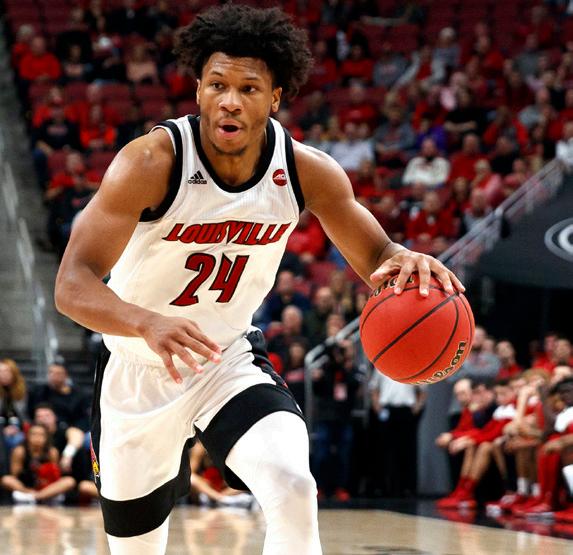
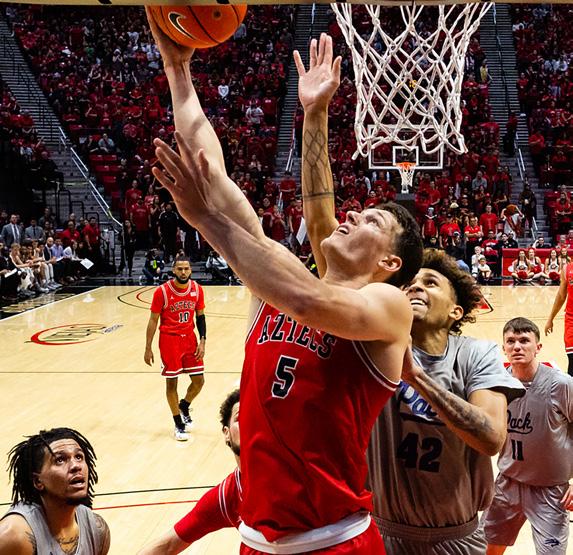
It was supposed to be a meaningless nonconference game during Thanksgiving week, one of those easy nights against an unglamorous opponent that was there just to pick up a check and go home. Except it didn’t turn out that way. Instead, a heretofore unknown senior guard named Nate Bain scooped up a loose ball, dribbled the length of the floor and converted a layup at the buzzer to deliver Stephen F. Austin to an 85-83 overtime win at Duke. “I told our players that banners can’t beat us,” Lumberjacks coach Kyle Keller said after the game. “The players have to beat us.”
It was one of the biggest regular season upsets in many years, and it also snapped the Blue Devils’ 150-game homecourt win streak against nonconference opponents. But it did more than that. Bain’s game-winning layup perfectly encapsulated the world of college basketball during this wild 2019-20 season. Up is down, the world is flat, no streak is safe, and banners don’t win. The only thing we should expect these days is the unexpected.
Parity has long been a buzzword in college basketball, but it has never buzzed as loudly as it did this season. By the end of January, seven teams had taken their turn at No. 1 in the AP’s top 25. That broke the record set in 1983, when a sixth-seeded darling at N.C. State shocked the world (and Houston’s Phi Slamma Jamma)
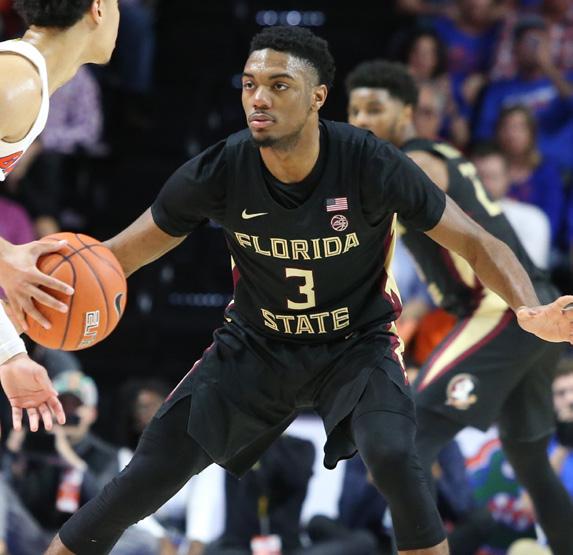

by winning the NCAA tournament. Will there be another coach running around trying to find someone to hug in Atlanta this year?
Duke’s loss to Stephen F. Austin came exactly two weeks after Evansville knocked off Kentucky in Rupp Arena. During the second week of January, three teams in the AP’s top five lost twice in the same week. Meanwhile, two other epic streaks came to a dramatic end. On Jan. 11, Baylor knocked off Kansas in Allen Fieldhouse for the first time in 18 tries. And a few hours later, Clemson won in Chapel Hill after going 0-59 in its previous attempts. Those two schools have been playing since 1925-26, but it wasn’t until this season that we saw something we haven’t quite seen before. Figures.
Meanwhile, we saw the rise of some unusual suspects. Baylor climbed to the top of the polls on the strength of guards Jared Butler and MaCio Teague. San Diego State, which did not garner a single vote in either of the preseason top 25 polls, surprised everyone by being the last unbeaten team. Dayton advanced to the championship game of the Maui Invitational and climbed into the top 10, propelled by the excellence of redshirt sophomore forward Obi Toppin. Butler rediscovered some of its old magic, and Florida State emerged as a contender for the ACC championship. No one saw any of this coming.


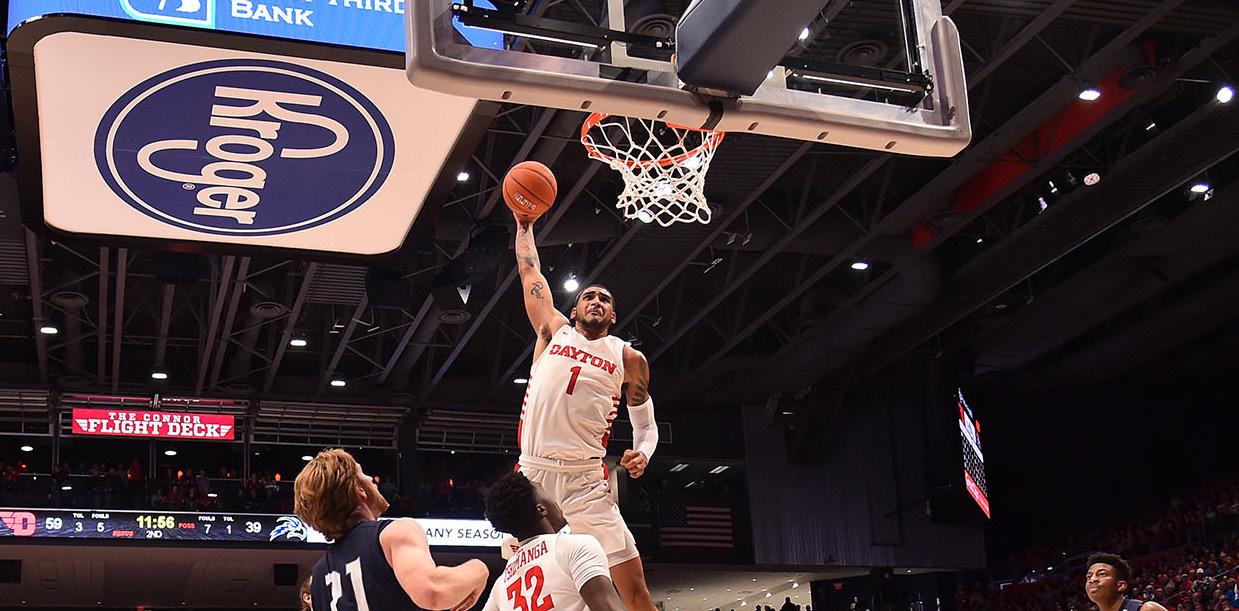

On the flip side, North Carolina suffered its worst season in decades. Reigning champ Virginia struggled with an anemic offense. Ohio State looked to be steamrolling on a clear path to the No. 1 ranking until the wheels came off in Big Ten play. UCLA lost at home to Hofstra in its fifth game and never recovered under first-year coach Mick Cronin.
There are a variety of reasons for the mass parity. In the first place, this wasn’t a particularly strong freshman class, so the blue-chip schools like Duke, Kentucky and Kansas were not able to create their standard separation. Plus, a couple of those top freshmen landed at unconventional places. James Wiseman chose to stay home and play for Memphis (although he withdrew from school in mid-December), Anthony Edwards wanted to remain in his home state and play for Georgia, and Isaiah Stewart headed across the country to play for Washington.
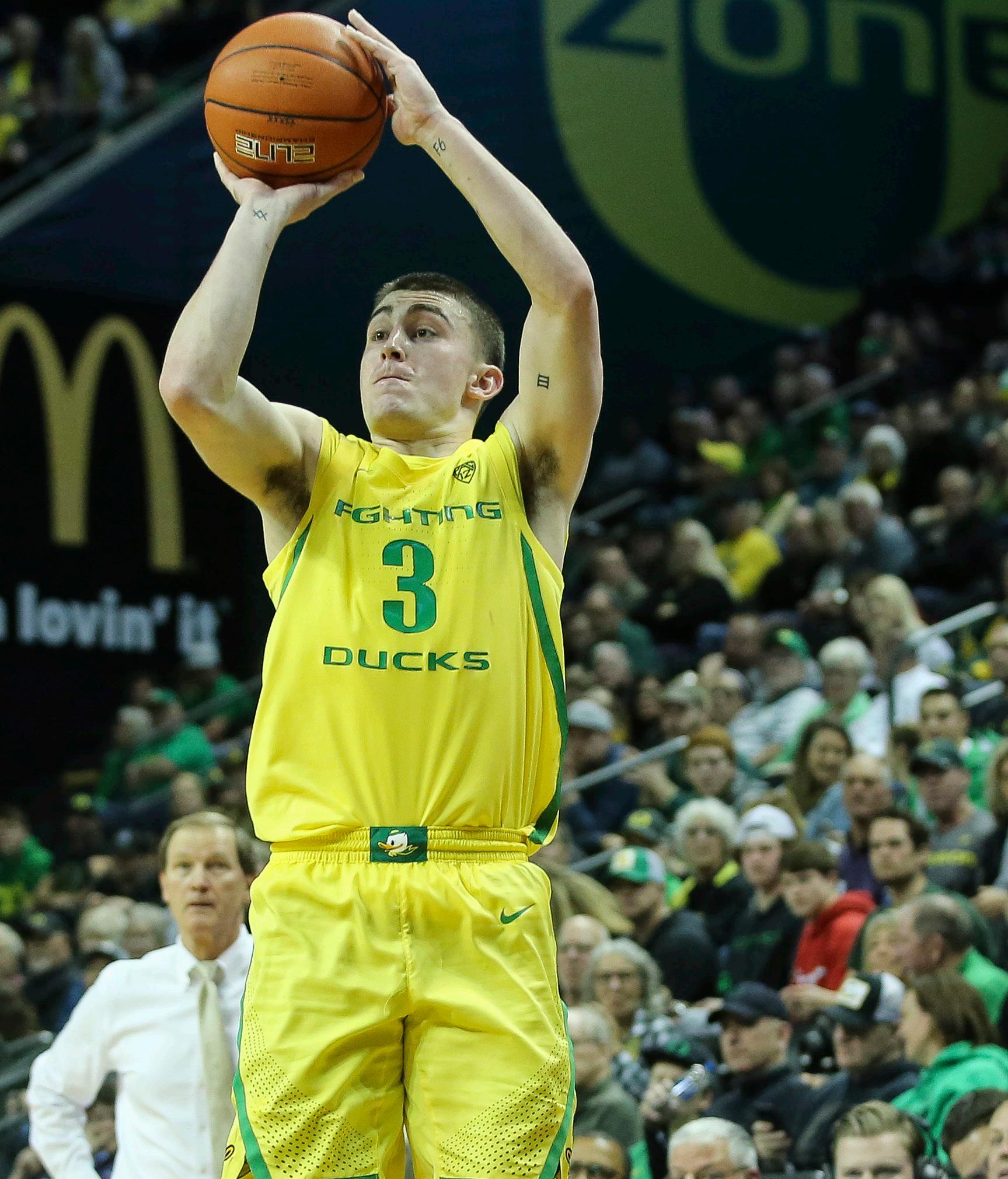
Moreover, the rampant transferring in college basketball over the last decade is having its effect. With nearly a thousand players changing schools each spring, things are leveling off, like water inevitably finding its level.
This parity will be even more ever present when and if the NBA gets rid of its so-called one and done rule. The top half dozen or so freshmen will not play college basketball anymore. The teams that win will be those that can recruit three- and four-year players, develop them properly and integrate them into a winning culture.
That means there will be plenty more surprises. Rutgers turned out to be one of those this season. Steve Pikiell was hired from Stony Brook in hopes he could get the Scarlet Knights back to the NCAA tournament for the first time since 1991. He and his staff scavenged the northeast in search of hidden gems like Ron Harper Jr., the son of the longtime NBA player. None of Rutgers’ players were ranked in anyone’s top 100 in high school. They came to Piscataway with the intent of proving everyone wrong.
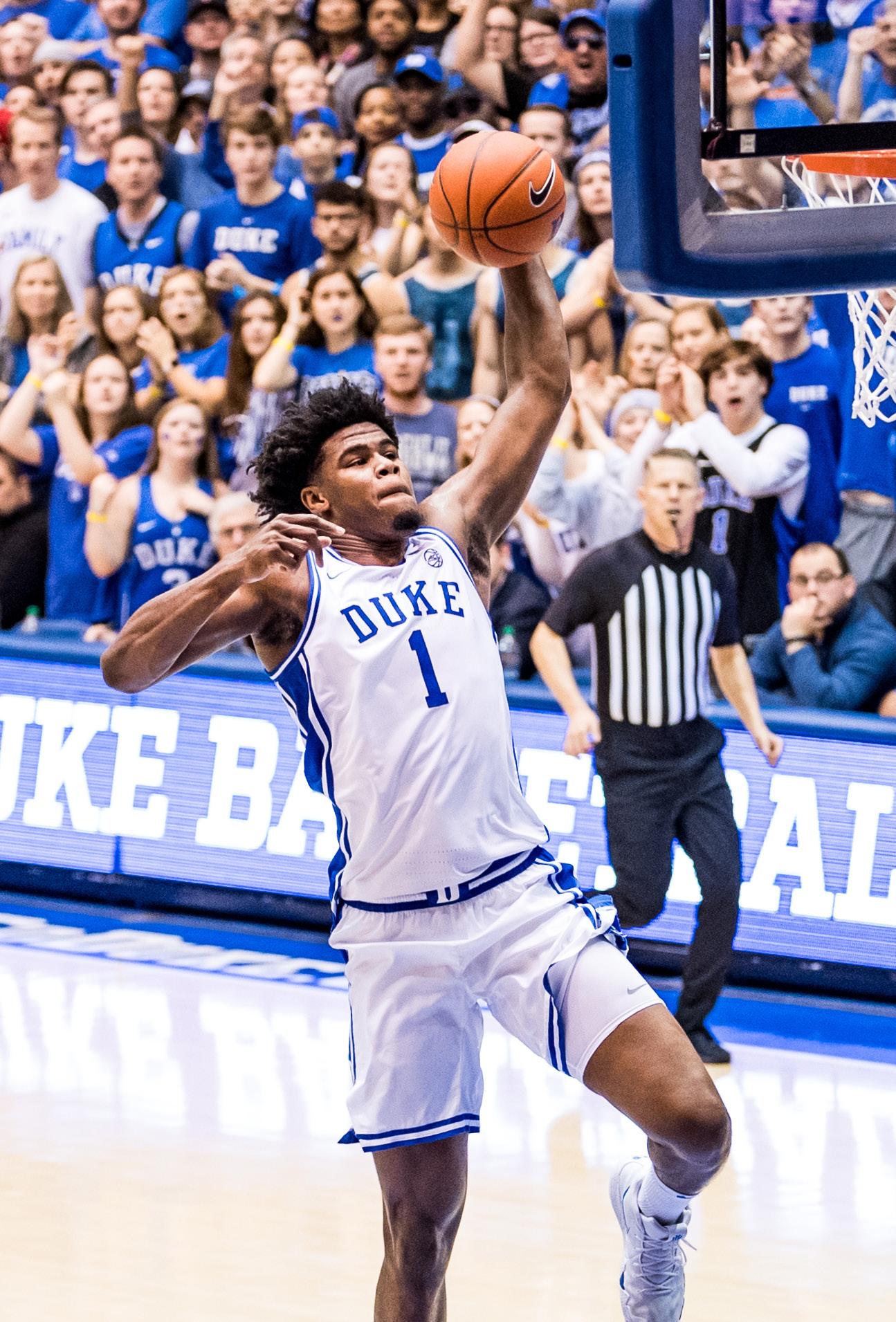
Penn State also lived up to preseason expectations behind an older lineup that featured two senior forwards, Lamar Stevens and Mike Wakins. This university has always been known for excellence in football but has scant basketball tradition. Pat Chambers is trying to start his own.
Michigan State came into the season as everyone’s No. 1, but the Spartans lost their season opener to Kentucky in Madison Square Garden and had to slog
it out in the Big Ten with everyone else. There were no great teams in the Big Ten this season, but there were a lot of good ones, including a resurgent Illinois under coach Brad Underwood. For a while it seemed like no one could win on the road in that league, but the Illini, despite their young lineup, evinced a toughness that belied their age.
The Big East was defined as usual by its guard play. The league had two of the top scoring guards in the country in Seton Hall’s Myles Powell and Marquette’s Markus Howard. Colin Gillespie spearheaded the attack at Villanova, which remains the prime example of why stay-and-develop is a better formula than one-and-done, and Butler’s Kamar Baldwin is proving that the midrange jumper does not need to be an endangered species in the Age of Analytics.
Out west, Oregon point guard Payton Pritchard made every big shot, Arizona relied on freshmen Nico Mannion, Josh Green and Zeke Nnaji to light up McKale Center and Colorado rode junior point guard McKinley Wright IV into the top 25 and the upper tier of the Pac 12 standings. But lording over that party once again was mighty Gonzaga, the little school that wins big, both in the West Coast Conference and beyond. Gonzaga may be the only thing that we can count on year after year. We are long past the point where we think of the Zags as the cute little Cinderella. That slipper doesn’t fit anymore.

As the 2019-20 season gets ready to crest in the NCAA tournament, we are left with the twin feelings that this has been something we have never seen before, yet it could be the start of a new normal. The old guard has had its time. College basketball is being overturned by fresh faces and a new paradigm. Nothing feels ordinary anymore. The only times we should be surprised is when we aren’t surprised. Ain’t it grand?
Seth Davis is an award-winning writer, broadcaster and best-selling author. He is the managing editor of The Athletic’s national college basketball platform and a college basketball analyst for CBS Sports.










